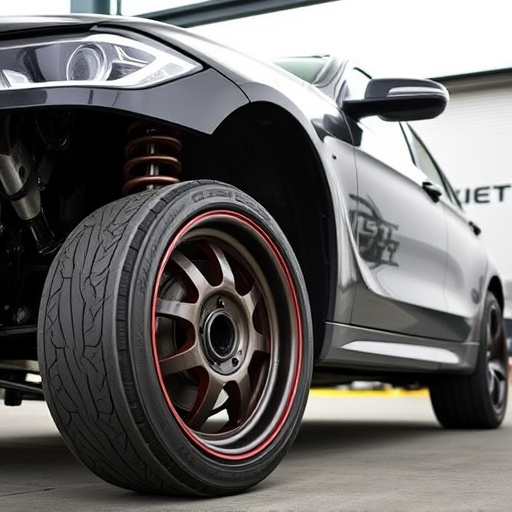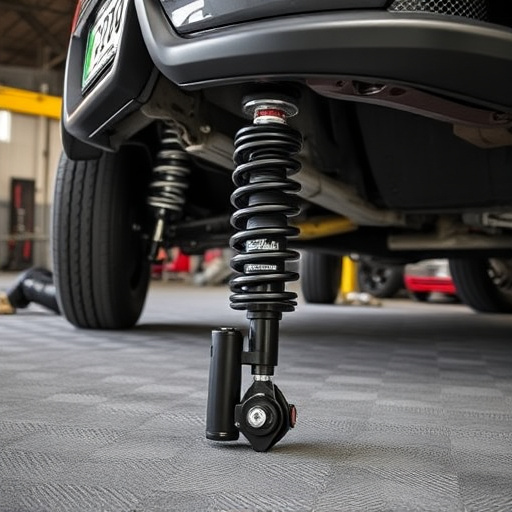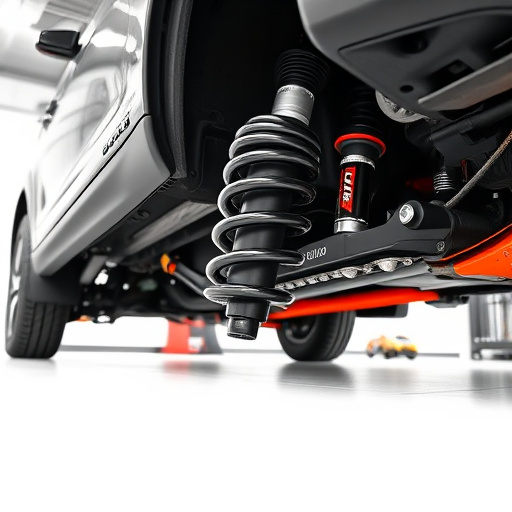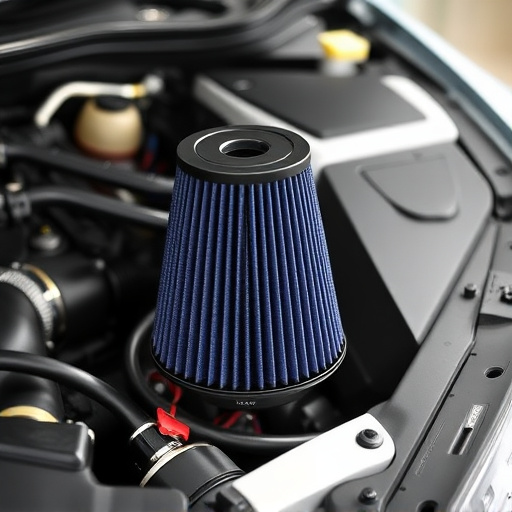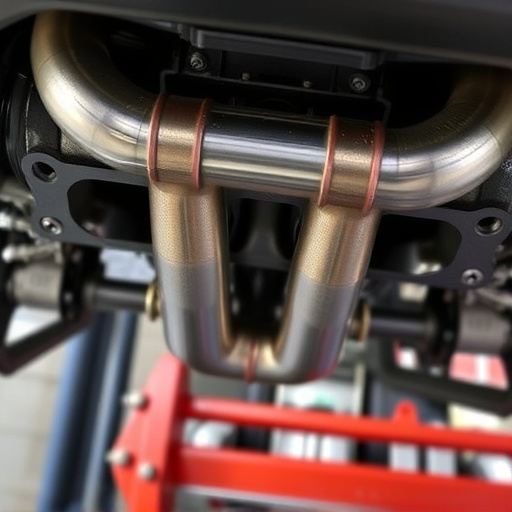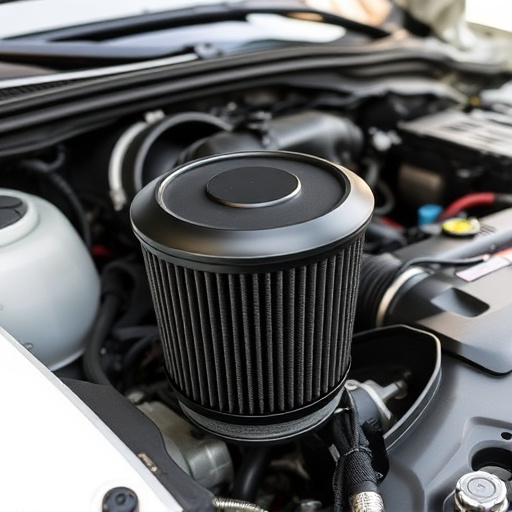A throttle body spacer (TBS) is a strategic modification between the engine and throttle body, optimizing airflow for improved fuel efficiency without sacrificing power. It enhances overall vehicle performance by complementing other upgrades, making cars more responsive and efficient, especially in fuel-conscious vehicles. While effective, installation requires expert consultation to balance exhaust and brake systems for optimal performance.
A throttle body spacer (TBS) is a simple yet effective modification designed to improve your vehicle’s fuel efficiency. By optimizing air flow into the engine, this small component can lead to a slight but noticeable increase in miles per gallon. This article delves into the workings of a TBS, its proven benefits for enhancing fuel economy, and essential considerations for installation. Discover how this relatively inexpensive upgrade can make a significant difference in your vehicle’s performance and wallet.
- What is a Throttle Body Spacer?
- How Does it Enhance Fuel Efficiency?
- Benefits and Considerations for Installation
What is a Throttle Body Spacer?
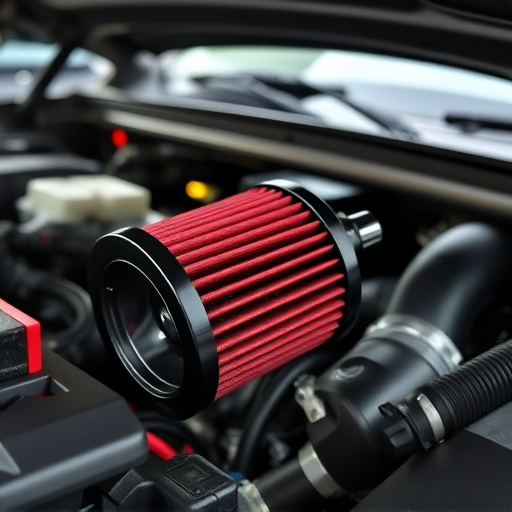
A throttle body spacer is a component that sits between the engine and the throttle body, playing a crucial role in enhancing fuel efficiency. It functions by optimizing the airflow into the engine, allowing for a more precise mixture of air and fuel. This small but significant modification can lead to improved performance without compromising on power, thanks to its ability to regulate the flow of air entering the combustion chamber.
In addition to its primary function, a throttle body spacer often contributes to overall vehicle performance, much like high-performance exhaust mufflers, brakes, and air filters. By ensuring optimal air intake, it complements other upgrades, making your car more responsive and efficient. This is particularly noticeable in vehicles where fuel efficiency was previously a concern, offering a subtle yet effective boost without drastic changes.
How Does it Enhance Fuel Efficiency?
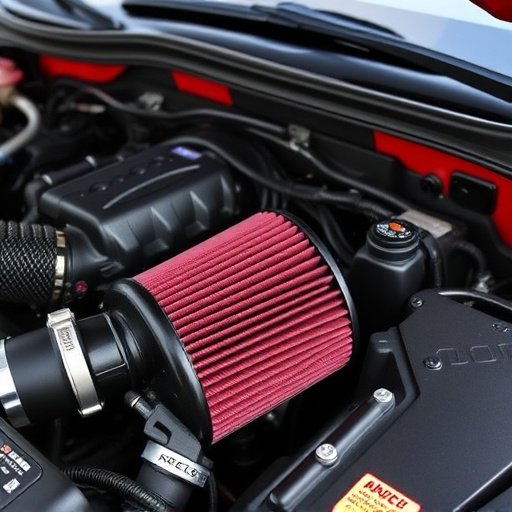
A throttle body spacer is a simple yet effective modification that can subtly enhance a vehicle’s fuel efficiency. Its primary function is to optimize air-fuel mixture delivery, which directly impacts engine performance and fuel consumption. By adjusting the airflow into the engine, this component ensures that the optimal amount of air is mixed with fuel for combustion. This precise control prevents over or under-fueling, leading to more efficient burning and reduced wastage of fuel.
This spacer works hand-in-hand with other essential components like brakes, exhaust systems (including cat-back exhausts), and engine management systems to create a harmonious performance ecosystem. It allows the engine to respond quicker to accelerator inputs, resulting in smoother transitions and optimized power delivery. Consequently, drivers experience improved throttle response without compromising fuel economy, making it an appealing option for those seeking a subtle yet meaningful boost in their vehicle’s performance and efficiency.
Benefits and Considerations for Installation
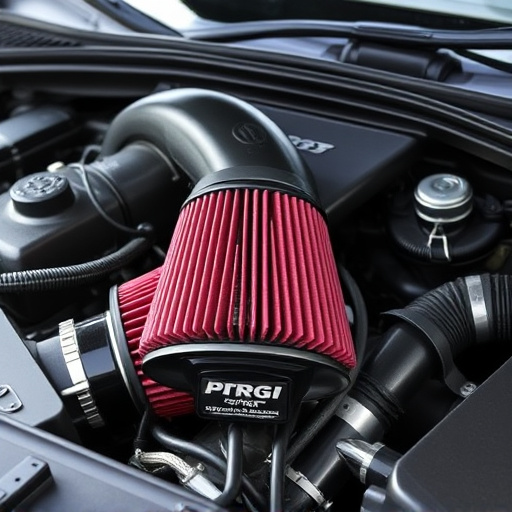
A throttle body spacer (TBS) offers a subtle yet meaningful boost to fuel efficiency for vehicles equipped with a throttle body injection system. By modifying the air flow into the engine, a TBS can help optimize combustion and reduce fuel consumption. This simple yet effective component is particularly beneficial for drivers looking to improve their vehicle’s performance without significant modifications.
When considering installation, it’s important to remember that a TBS is not a universal solution and may require adjustments to other components, especially those related to the exhaust system. While it can complement upgrades to exhaust mufflers or exhaust tips, it might also interact with brake components due to changes in engine performance. Careful planning and consultation with experts are crucial for ensuring optimal results and avoiding potential issues.
A throttle body spacer is a simple yet effective modification that can lead to slight improvements in fuel efficiency. By optimizing air flow into the engine, it enhances combustion, resulting in better fuel utilization. While not a dramatic change, this small component can contribute to reduced fuel consumption over time, especially in vehicles with naturally aspirated engines. Before installation, consider factors like compatibility and potential changes in performance, ensuring a positive impact on both efficiency and overall driving experience.

